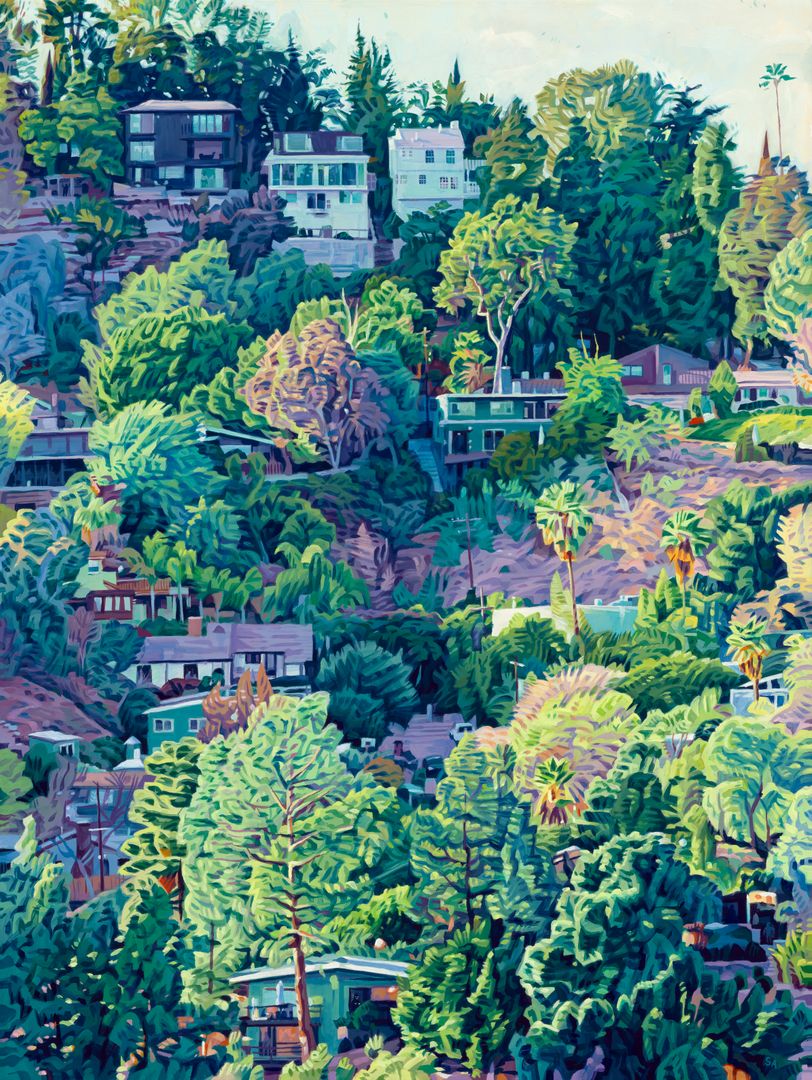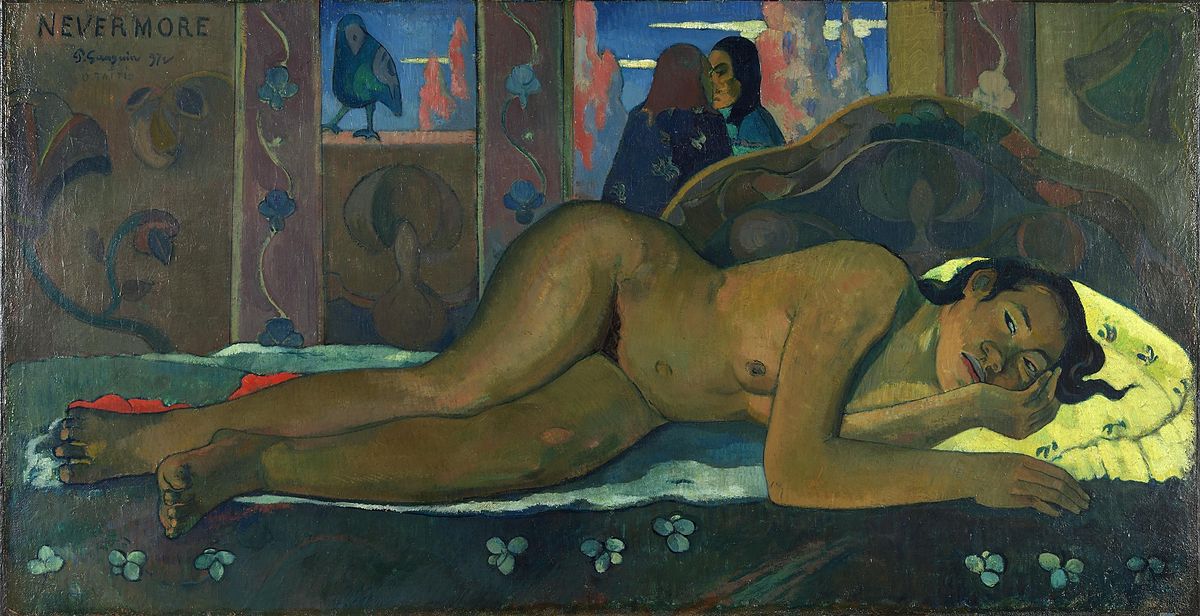Overview
What is Impressionism?
The term Impressionism refers to a style of painting that developed in France during the second half of the 19th century. Impressionist works are characterised by an attempt to record the effects natural light has on shapes and colours, creating the impression of a form. This was achieved with short, loose and spontaneous brushstrokes, informal compositions and vivid, contrasting hues.
Who are the most famous Impressionists?
Among the most celebrated Impressionists are Claude Monet, Camille Pissarro, Pierre-Auguste Renoir, Berthe Morisot and Edgar Degas.
Whilst many of these artists used different approaches to achieve their goal, they were united by a desire to paint nature objectively and break free from the academic style of art promoted in France by the annual Salon exhibition and its jury.
In 1874, the founding members of the group — who called themselves the ‘Anonymous Society of Painters’ — organised their first show in Paris. Shocked critics called their works unfinished and unskilled. Over time, however, more progressive writers praised them for their sense of modernity, rejection of the establishment and depictions of contemporary life.
One of the pictures in the first show, Monet’s Impression, Sunrise, provided the collective with their name.

What did they paint?
The advent of the railways gave Paris’s population easy access to the countryside. As a result, the Impressionists often travelled to coastal villages where they would paint rural pursuits, like in Édouard Manet’s Boating. Because of their interest in light, they enjoyed working en plein air — ‘outside’.
Back in the city, they were also drawn to painting Paris’s new, wide avenues, for example Pissarro’s The Boulevard on a Winter Morning, and public parks. Other works, like Degas’ In a Café, depict the bars and dancehalls they’d frequent after dark.

What happened to Impressionism?
Many of the artists soon developed their own, unique styles of painting, inspired by their differing political and philosophical views. As a result, the group fractured over the following two decades.
Some members, like Georges Seurat and Paul Signac, developed a style now known as Neo-Impressionism, or Pointillism, which replaced strokes of paint with tiny dots of colour. A famous example is Seurat’s A Sunday Afternoon on the Island of Grande Jatte. Others, like Paul Gauguin, created works that took cues from African and Oceanic art, developing a style prejudicially called Primitivism.
Who are today’s Impressionists?
Impression’s influence can still be felt today. The American painter Seth Armstrong is celebrated for his Impressionist cityscapes, which capture the shimmering Los Angeles skyline at dawn or dusk. Working en plein air, Armstrong uses contradictory warm and cool colours to represent intense light and dramatic shadow, recalling Monet’s famous painting Wheatstacks (End of Summer).

What is Post-Impressionism?
In the late 1880s, a group of young artists, many of them Impressionists, decided that they wanted their work to concentrate on deeper human emotions, rather than optical impressions. In order to do this they began using darker palettes, definitive forms and symbolism, as well as elements of abstraction.
Who are the most famous Post-Impressionists?
Many Post-Impressionist artists previously exhibited with the Impressionists, including Gaugin and Paul Cézanne. They both became Post-Impressionists by finding new ways to explore psychological depth in their work.
Vincent van Gogh responded to the Impressionists with his own new aesthetic, which initially used earthy tones and rugged brushwork, like in Still Life with Cabbage and Clogs, then later, with distorted perspectives and agitated lines, evident in The Starry Night.

Post-Impressionist artists worked independently from one another and they never viewed themselves as a movement. They were given their name by the art critic Roger Fry, when he organised the exhibition Manet and the Post-Impressionists at the Grafton Galleries in London in 1910.
What did they paint?
Some of the Post-Impressionists continued to paint familiar leisurely subjects, like boating in Signac’s The Red Bouy and nightlife in Seurat’s Circus Sideshow.
Others, like Gaugin, became disillusioned with industrialised Europe and turned to exotic themes. He adopted iconography from far-away places like Panama and Tahiti, and also borrowed their style of flat, linear painting. A celebrated example is his picture Nevermore.

Vincent van Gogh was interested in portraying working class people, often painting peasant farmers in works like The Potato Eaters. Over time, he began using abstract colours and patterns to give a sense of the personalities of the sitters in his portraits, like in his famously melancholy picture Portrait of Dr. Gachet. Similarly, Van Gogh’s landscapes, like Wheatfield with Crows, began to distort perspective in a bid to express the power and emotion of his surroundings.
What happened to Post-Impressionism?
The Post-Impressionists bold and varied experimentations became the foundations for artists like Henri Matisse and his Fauvist circle, German Expressionists like Ernst Ludwig Kirchner and the Cubists Pablo Picasso and Georges Braque.
Who are today’s Post-Impressionists?
Option Dzikamai Nyahunzvi is an emerging Zimbabwean painter whose surreal portraits draw heavily on Post-Impressionist principles. His swirling paint and the expressive, fluid features of his figures recall the penetrating portraits of Van Gogh, whilst his palette of luscious pinks, greens and yellows looks back to the work of Gauguin.
Works
Option Dzikamai Nyahunzvi
Tarisiro, (Hope) I
2022
91 x 88 cm
Option Dzikamai Nyahunzvi
Tarisiro Hope III
2022
170 x 172 cm
Seth Armstrong
The Old Southwest
2022
137 x 137 x 4.12 cm